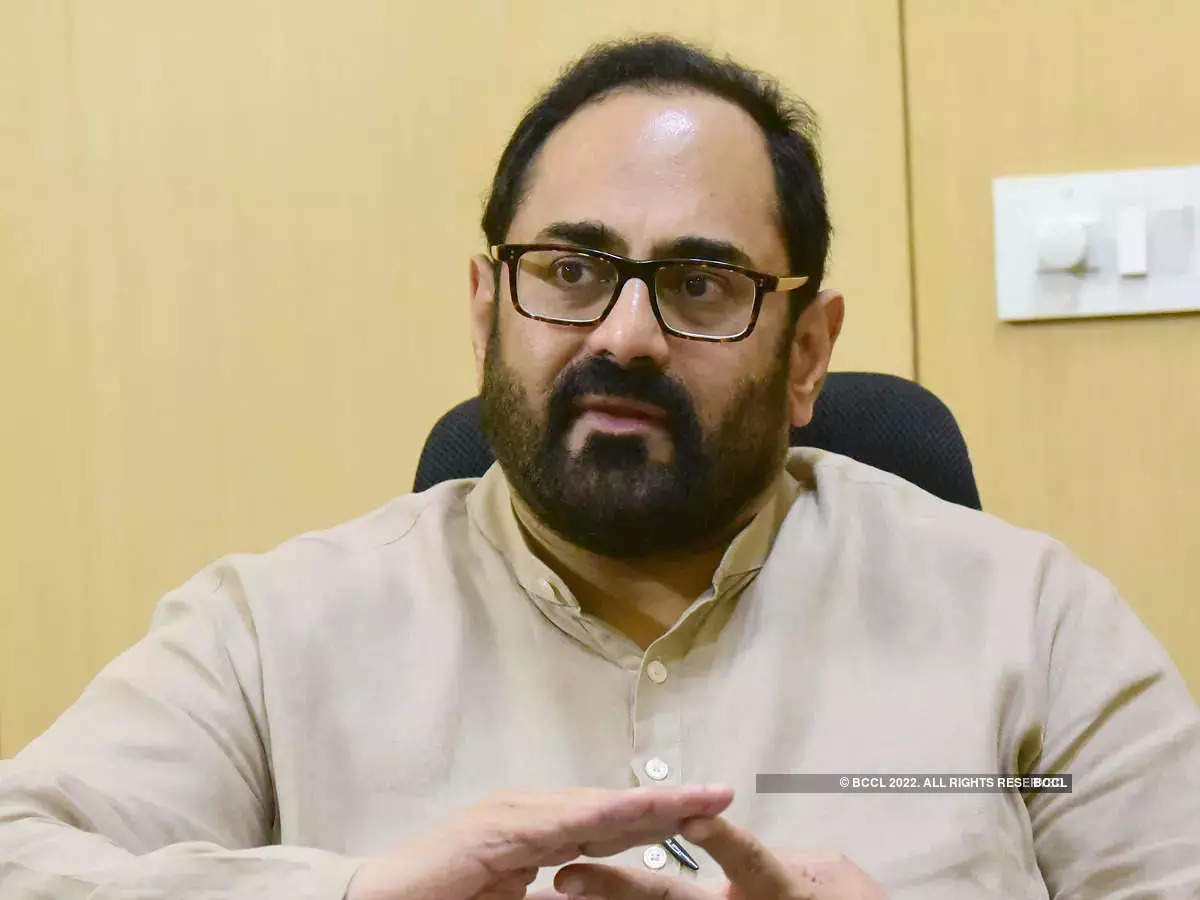
Given the evolving needs of the country and the geopolitical changes to the global value chains (GVCs), the government’s current strategy is to broaden and deepen the electronic manufacturing space, Rajeev Chandrasekhar, the Union Minister of State for Electronics & IT and Skill Development, has said.
India needs to emerge as a value creator to the supply and value chains instead of just being a commodity exporter, the minister said while addressing the 9th Annual Forum 2022 of the Public Affairs Forum of India (PAFI).
Chandrasekhar further said the electronics manufacturing opportunity in India is huge and the government is systematically addressing policy gaps with a holistic pan-industry vision. The government mega vision includes systematically working towards a rare earth materials strategy, too, he added.
“In electronics, we started with mobile phones, where we have been very successful. We now intend to deepen it further — and get into components (PCBs) — and eventually create an ecosystem of materials’ strategic materials, including lithium and the feedstock that goes into PCBs. These are the areas which have been long neglected, as we only become commodity exporters. We focussed on exporting the raw material, not focussing on creating value on those materials. We are now seeing a policy framework of broadening and deepening [electronic manufacturing ecosystem]. This deepening goes all the way to a component like semiconductors and beyond that to critical materials,” Chandrasekhar said.
Mentioning India’s first lithium-ion plant in Tirupati being set up by an entrepreneur, he added youngsters are today driving the digital India vision.
“The government has systematically built back the manufacturing sector with PLI and other programmes in the past 6-7 years. The world today is looking at India, apart from Vietnam and Taiwan, as a trusted source of technology,” he added.
Chandrasekhar also spoke about the Digital India Bill that will soon be submitted for consultations with stakeholders. He said the new bill will address specific changes and disruptions in the tech space over time as they evolve.
The government on September 21 modified the Programme for development of semiconductors and display manufacturing ecosystem in India. Under the modified programme, a uniform fiscal support of 50% of project cost will be provided across all technology nodes for setting up of Semiconductor Fabs. “Given the niche technology and nature of compound semiconductors and advanced packaging, the modified programme shall also provide fiscal support of 50% of capital expenditure in pari-passu mode for setting up of compound semiconductors / silicon photonics / sensors / discrete semiconductors fabs and ATMP/OSAT,” said a government statement.
According to the government, the programme has attracted many global semiconductor players to set up fabs in India. The modified programme will expedite investments in semiconductor and display manufacturing in India. “On the basis of discussion with potential investors, it is expected that work on setting up of the first semiconductor facility will commence soon,” the statement said.
Production Linked Incentive (PLI) scheme across 14 key manufacturing sectors, was launched in 2020-21 as means to boost the Make in India initiative. The PLI Scheme incentivises domestic production in strategic growth sectors where India has comparative advantage. This includes strengthening domestic manufacturing, forming resilient supply chains, making Indian industries more competitive and boosting the export potential. PLI Scheme is expected to generate significant gains for production and employment, with benefits extending to the MSME eco-system.
Read More:
